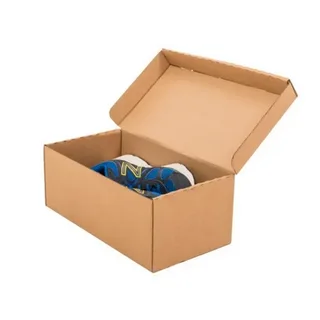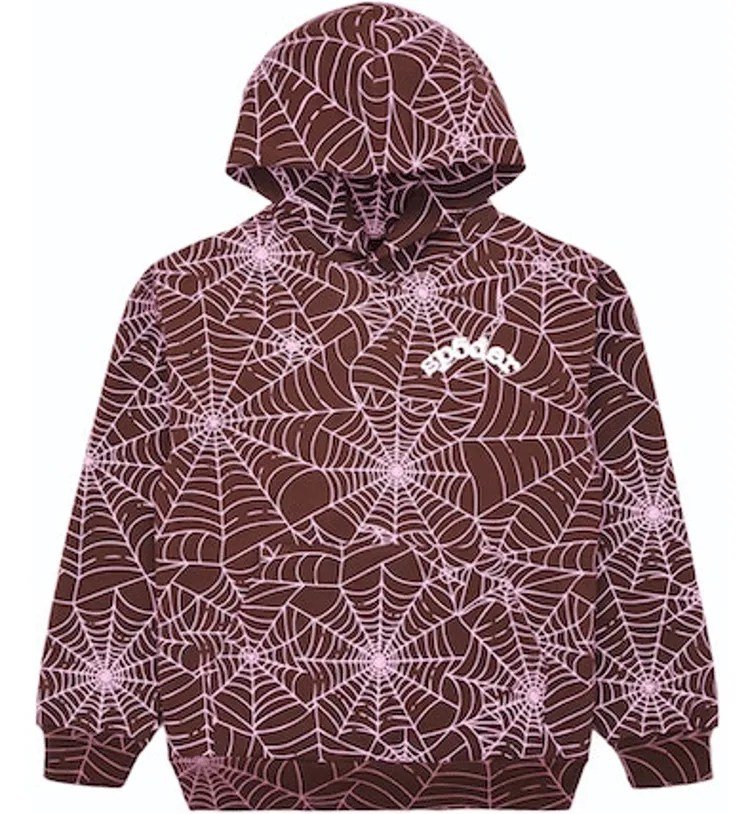When it comes to shipping and storing shoes, choosing the right shoe box dimensions is essential. Whether you’re a retailer, an online store owner, or simply someone looking to store shoes efficiently, understanding the standard shoe box sizes can save you time and money. In this comprehensive guide, we will cover everything you need to know about shoe box dimensions for shipping and storage, including the most commonly used sizes and how to choose the best one for your needs.
Why Shoe Box Dimensions Matter
Shoe box dimensions play a crucial role in both the protection and presentation of footwear. The right size ensures that shoes are securely stored or shipped without being damaged. On the other hand, using boxes that are too large can lead to excessive empty space, causing the shoes to shift during transit. Using a box that’s too small may result in damage to the shoes, making it essential to find the right fit for the specific shoes you are shipping or storing.
Standard Shoe Box Size
The standard shoe box size typically accommodates most types of shoes, from sneakers to dress shoes. The general dimensions for a standard shoe box are:
- Length: 13 to 14 inches
- Width: 7 to 8 inches
- Height: 4 to 6 inches
These dimensions are ideal for most shoes and are the go-to choice for many shoe retailers. However, the exact measurements may vary depending on the shoe type and brand.
Nike Shoe Box Dimensions
Nike shoe box dimensions are slightly different from standard shoe boxes, as Nike tends to use a more consistent size for their products. Typically, a Nike shoebox measures:
- Length: 13.5 inches
- Width: 8.5 inches
- Height: 5.5 inches
These dimensions are designed to fit Nike’s range of sneakers, which tend to have a consistent size profile. If you are dealing with Nike shoes specifically, these dimensions are a good reference when considering shipping or storage.
Shoe Box Dimensions for Ship
When shipping shoes, it’s important to consider the shoe box dimensions to ensure that the box is both efficient and protective. Shipping boxes for shoes may vary in size depending on the shoe type and whether additional packaging materials are required, such as bubble wrap or padding.
For shipping purposes, the dimensions should not only accommodate the shoes but also provide a secure fit to prevent movement during transit. Common shipping box sizes for shoes include:
- Small Shoe Boxes: 12 inches (L) x 7 inches (W) x 4 inches (H)
- Medium Shoe Boxes: 13 inches (L) x 8 inches (W) x 5 inches (H)
- Large Shoe Boxes: 14 inches (L) x 9 inches (W) x 6 inches (H)
These box sizes are designed to fit different shoe types, from sneakers to boots, and ensure that they are well-protected during shipping. Make sure to select the correct size box to avoid extra shipping costs or damage to the product.
Tips for Selecting the Right Shoe Box Dimensions
Selecting the correct shoe box dimensions is not always straightforward. Here are some tips to help you choose the right size for your shoes:
- Measure the Shoe: Start by measuring the length, width, and height of the shoe. Add a small margin to these measurements to allow for packing materials, such as tissue paper or bubble wrap.
- Consider the Shoe Type: Different types of shoes may require different box sizes. For example, sneakers usually fit into standard shoe boxes, while boots may require larger boxes. High heels or shoes with embellishments may also need extra space to prevent damage.
- Account for Shipping Needs: If you’re shipping shoes, the box size will directly affect shipping costs. If a box is too large, you may end up paying for extra space. On the other hand, a box that’s too small could result in damaged shoes or higher shipping costs due to the need for additional protective packaging.
- Check Brand-Specific Sizing: If you’re shipping or storing shoes from a particular brand, like Nike, it’s helpful to know the specific shoe box dimensions used by the brand. For example, the Nike shoe box dimensions are slightly different from the standard size and may need to be accounted for when ordering boxes for these products.
- Custom Boxes for Unique Shoes: If you’re dealing with shoes that have unusual shapes or sizes, consider investing in custom shoe boxes. Custom boxes allow you to optimize the dimensions for the specific shoes you are selling or storing, ensuring better protection and a more professional presentation.
The Importance of Choosing the Right Shoe Box Size
Choosing the right shoe box size is crucial for several reasons:
- Protection: A properly sized box ensures that the shoes are securely packed and protected from external elements, including moisture, dust, and physical damage.
- Cost-Efficiency: The right size box minimizes excess space, which can help reduce shipping costs, especially when shipping large quantities of shoes.
- Brand Presentation: For retailers and brands, the box plays a significant role in creating a positive impression. A well-designed, correctly sized box not only protects the product but also enhances brand image.
Conclusion
Understanding shoe box dimensions is essential for both storage and shipping purposes. By selecting the correct size, you can ensure the safety of your footwear while minimizing costs and improving your packaging efficiency. Whether you’re using standard shoe box sizes, Nike shoe box dimensions, or custom options, choosing the right box for your shoes can make a significant difference in their protection, presentation, and shipping efficiency.
When in doubt, always consider the specific needs of the shoes you are shipping or storing, and use the tips provided in this guide to help you make the best decision. The correct shoe box dimensions will not only protect your products but will also ensure a smooth, hassle-free shipping process.



